Collapsing Clouds of Gas and Dust
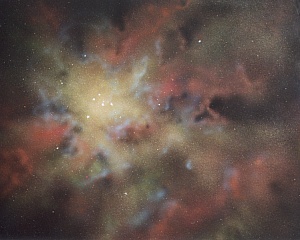 |
|
| In the Nebular Hypothesis, a cloud of gas and dust collapsed by gravity begins to spin faster because of angular momentum conservation | |
 |
|
| In the Nebular Hypothesis, a cloud of gas and dust collapsed by gravity begins to spin faster because of angular momentum conservation | |
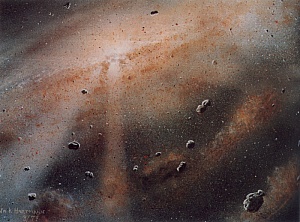 |
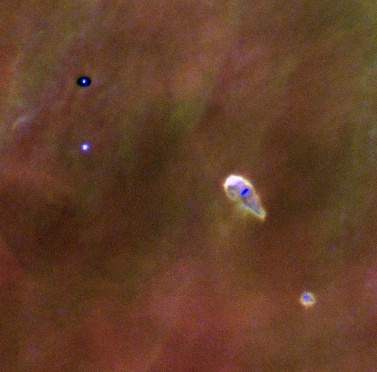 |
| LEFT: The collapsing, spinning nebula begins to flatten into a rotating pancake called accretion disk. RIGHT: Teardrops (accretion disks) in Trapezium --- forming solar systems | |
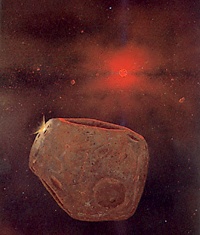 |
| As the nebula collapses further, local regions begin to contract gravitationally on their own because of instabilities in the collapsing, rotating cloud |
 |
| As the number of planetesimals and their masses grow (above 100 km), their collisions follow. Most of the planetesimals are accreted into a small number of planets |
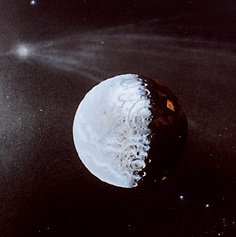 |
| Planets have grown by accreting remaining planetesimals: secondary impact phase. Heating up the planetary surfaces |